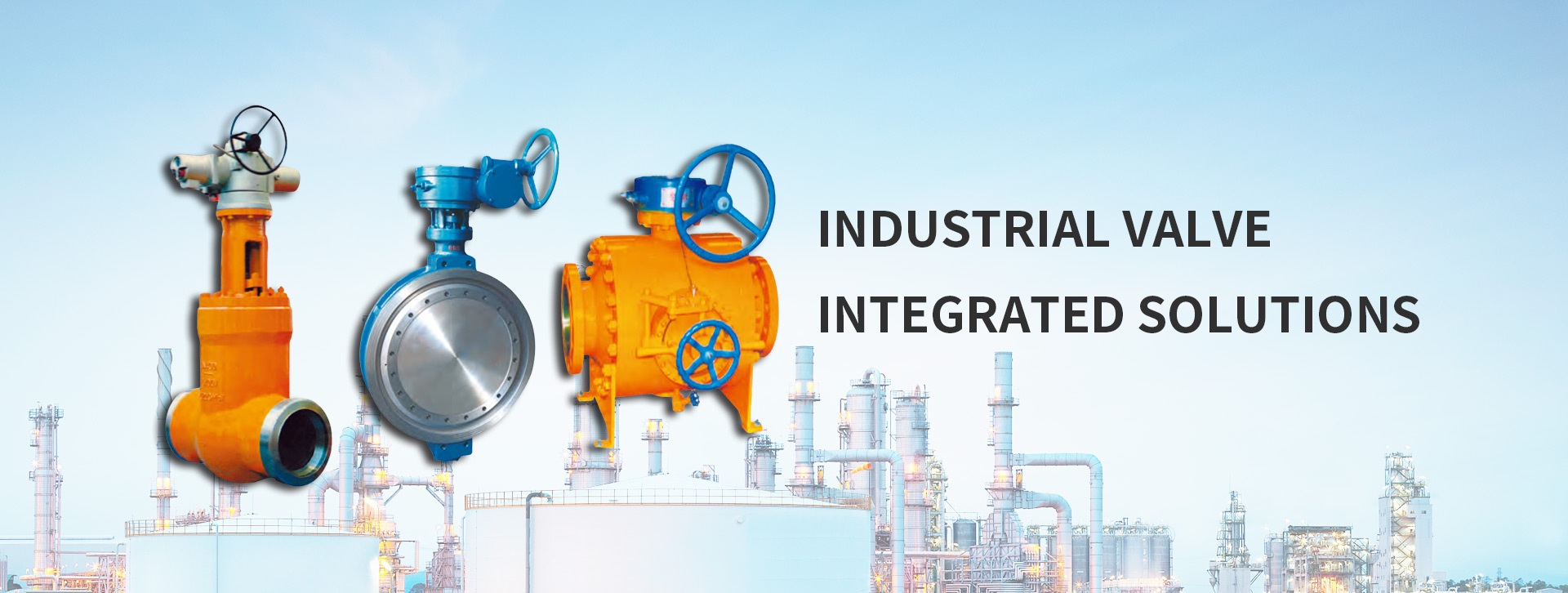The selection of valve drive mode is based on:
1) Valve type, specification and structure.
2) Valve opening and closing torque (pipeline pressure, valve pressure difference), thrust.
3) Maximum ambient temperature and fluid temperature.
4) Usage mode and frequency.
5) Opening and closing speed and time.
6) Valve stem diameter, screw moment, rotation direction.
7) Connection method.
8) Power source parameters: electric power supply voltage, phase number, frequency; Pneumatic air source pressure; Hydraulic medium pressure.
9) Special consideration: low temperature, anti-corrosion, explosion-proof, waterproof, fireproof, anti-radiation, etc
In all valve drives, electric and film pneumatic devices are widely used. The electric device is mainly used in the closed circuit valve; Thin film pneumatic devices are mainly used in regulating valves. Electromagnetic drive is mainly used on small diameter valves. The embedded bellows drive is mainly used in valves with small disc travel and in corrosive and toxic media. But its range of use is often limited by the auxiliary pilot device that controls the main drive.
A special requirement for valve drives is to be able to limit torque or axial force. The valve electric device uses a torque limiting coupling. In hydraulic and pneumatic drives, the force depends on the effective area of the diaphragm or piston and the pressure of the driving medium. A spring can also be used to limit the applied force.




